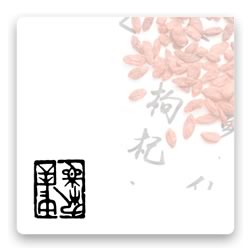We use cookies to make your experience better. To comply with the new e-Privacy directive, we need to ask for your consent to set the cookies. Learn more.
The History and Significance of Ishinpo
Did you know?
For the cost of 5 articles (students) or 10 articles (practitioners) you can buy a year's access to the entire Journal of Chinese Medicine article archive.
$6.00
VAT Exempt
In stock
SKU
RCHMIshinpo
In 1949, the main building of Horyuji temple, the oldest remaining example of wooden architecture in Japan, was burnt down. This became a catalyst for the enactment of "Cultural Properties Protection Law" for safeguarding national treasures. Currently, there are approximately 300 ancient manuscripts and texts designated as national treasures, of which four are medical texts. These include: (1) Koteinai Daikyo (Huang Di Nei Jing Tai Su, Yellow Emperor's Inner Classic – Great Basis, a treatise on medical theory and acupuncture/moxibustion compiled during the Tang period) (2) Shinshu Honzo (Xin Xiu Ben Cao, Newly Revised Materia Medica, also compiled during the Tang period) and (3) Ishinpo (Yi Xin Fang, Prescriptions from the Heart of Medicine). These three texts are preserved at Ninnaji, one of the greatest temples in Kyoto. The 4th text is another copy of Ishinpo that is kept at the Tokyo National Museum. While the first two texts were edited by Chinese scholars, Ishinpo is the only nationally treasured text that was edited by a Japanese scholar. It is a world-class medical and cultural property highly prized by the Japanese people.
| Author | Hiroshi Kosoto |
|---|
Write Your Own Review
* Orders shipped outside of Europe are eligible for VAT relief and will not be charged VAT.

